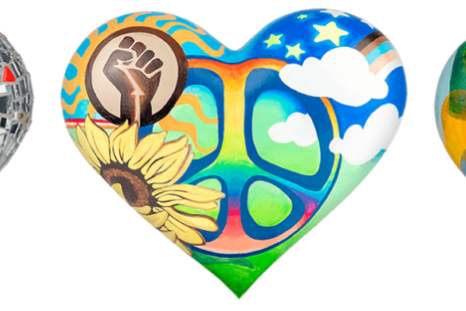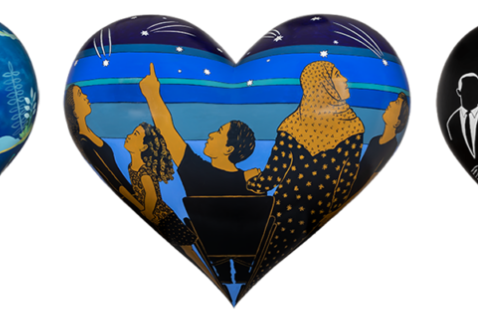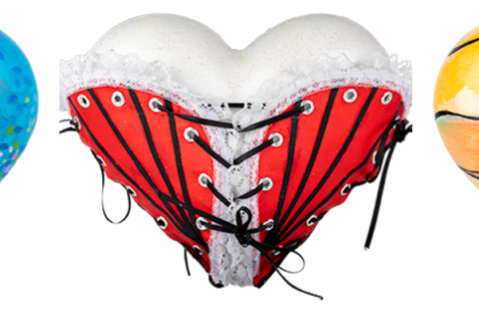Try These Nonprofit Donor Retention Tweaks with BIG, Happy Outcomes
 Have you ever received confoundingly terrible customer service? Maybe at a restaurant, hotel, fast food restaurant or retail outlet? It happens all the time and, likely, you’ve thought to yourself: “Why on earth are they treating me like this? It’s so stupid! Don’t they realize I’ll never come here again?”
Have you ever received confoundingly terrible customer service? Maybe at a restaurant, hotel, fast food restaurant or retail outlet? It happens all the time and, likely, you’ve thought to yourself: “Why on earth are they treating me like this? It’s so stupid! Don’t they realize I’ll never come here again?”
Sadly, this is exactly what many donors feel when:
- You make it difficult for them to give.
- They receive poor follow up from you.
- You don’t seem to know them, or even try to get to know them.
- You treat them as one of the masses, rather than making them feel special.
- You ignore what they’ve told you or shown you.
“Customer service, like everything an effective organization does, changes people.”
Part of the Problem is Culture
Think about it. When you experience poor service in the for-profit world, it’s likely because the person with whom you’re interacting has no stake in the business. They see their job as just a job, and really don’t care about the business as a whole. Whether or not a customer returns again means little to them.
This also happens at nonprofits without a donor-centered culture of philanthropy. While the customer, or donor, may not always be exactly “right,” it is imperative everyone in your organization recognizes and appreciates the value donors bring.
“Each person directly associated with your organization should value donors and implicitly or explicitly express that value with gratitude and appreciation. No exceptions.”
— Brian Lauterbach, fundraiser, consultant, entrepreneur
“Without tackling internal issues head-on, we believe the prospects for major fundraising progress are limited. In most organizations, fundraising is limited more by organizational culture and structure than by lack of strategic or tactical know-how.”
— Alia McKee and Mark Rovner, Founders, Sea Change Strategies
DetailsNOTE: How to instill a culture of philanthropy is a topic for another article (like this one), but at base it has to do with how people treat each other in your organization.


 Want your donors to sustain you? Then you can’t consume them in five minutes.
Want your donors to sustain you? Then you can’t consume them in five minutes.